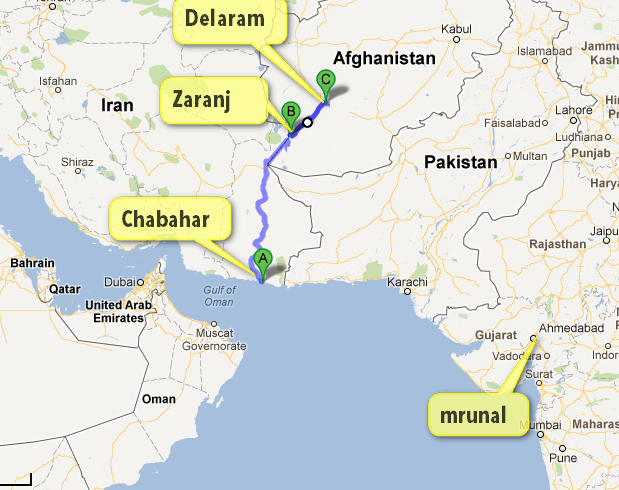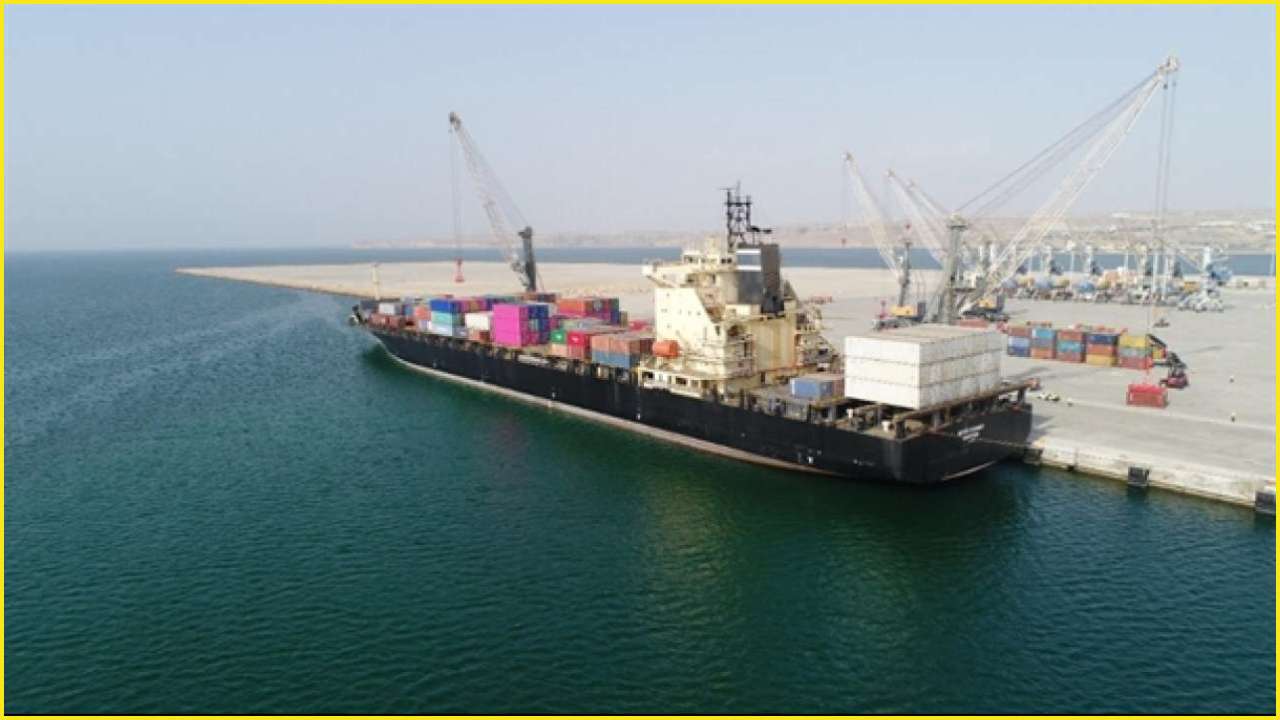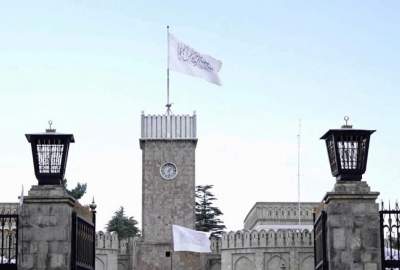strategic deployment of trade corridors is taking shape across Afghanistan and Iran, as both India and China subvert each other’s trade strategies through key geo-economic states.
Publish dateSaturday 21 July 2018 - 07:02
Story Code : 167463
AVA- Afghanistan’s land corridor to Chabahar Port connects it to India by creating a Persian Gulf corridor, while the Afghan air corridor to India provides a parallel, more direct trade route. By contrast, China’s twin economic corridors in the region run perpendicular: north-south through Pakistan to the Persian Gulf, and east-west through Iran to Istanbul.
Pakistan’s Gwadar and Iran’s Chabahar are thus effectively in the same geopolitical node, connecting very different Great Game trade strategies, reads an article published by CACI Analyst, a publication of The Central Asia-Caucasus Institute and Silk Road Studies Program Joint Center.
The east-west link between China and Iran is important for China’s interests in its Belt and Road geo-economic rebalancing to Central Asia and the Middle East.
For Afghanistan, a range of opportunities exists for infrastructure upgrades on both the north-south and east-west axes. The construction of the China-Kyrgyzstan-Tajikistan-Afghanistan Silk Road fiber optic network is progressing with a memorandum of understanding signed for the construction of a Kashgar to Fayzabad fiber optic cable system via Tajikistan.
Around half of the 2,200 km Afghanistan-Tajikistan-Kyrgyzstan-Iran-China rail project will be on Afghan territory, with technical assessments already complete.
Afghanistan’s President Ashraf Ghani is relying on exports to China of industrial manufactures, marble and agricultural commodities. Ghani has touted regional trade and industry integration, saying in a meeting with the World Bank that Iran and China will be connected through Afghanistan upon the completion of the Kunduz to Mazar-i-Sharif rail project. President Ghani has stressed the importance of closing Afghanistan’s transport loop and connecting to Iran, hoping to make Herat Province a regional transport hub.
Afghanistan’s Ministry of Commerce and Industry has also said that two-way trade between Afghanistan and Iran already amounts to over $2 billion annually.
To facilitate Afghan agricultural exports, an air corridor between Afghanistan and India is already open, shipping mostly fruit and herbs to South Asia. Beijing has criticized India for using the air corridor to bypass the China-Pakistan bilateral corridor, but Afghanistan also plans to open monthly cargo flights with Sri Lanka to promote two-way trade. However, lack of cold-chain logistics networks is hampering effective commerce. Some 120 tons of fruit were recently stranded at Kabul airport due to cold-chain logistics failures. Investment in cold storage warehousing is progressing, however, with a 60-ton cold store completed in Kabul and three more under construction in Parwan, Samangan and Balkh provinces, according to the China Chamber of Commerce for Foodstuffs and Native Produce.
Agricultural production in Afghanistan has a huge potential to service China’s growing food import needs. Nimroz Province, on the Iranian border, saw an 80% growth in melon production in 2017 up to 300,000 tons. Afghanistan’s Ministry of Agriculture will distribute saffron bulbs to farmers to encourage cultivation of 3,000 acres, aiming for a national production of 8 tons, which represents a $15 million a year industry. China’s Ministry of Agriculture and Rural Affairs is also investing in 20 fish farms in Nangarhar Province, surrounding Jalalabad. Afghanistan’s 2017 grape production reached 100,000 tons, an increase of 15%, and most grapes will be exported to India through air corridor cargo flights.
Pakistan’s Gwadar and Iran’s Chabahar are thus effectively in the same geopolitical node, connecting very different Great Game trade strategies, reads an article published by CACI Analyst, a publication of The Central Asia-Caucasus Institute and Silk Road Studies Program Joint Center.
The east-west link between China and Iran is important for China’s interests in its Belt and Road geo-economic rebalancing to Central Asia and the Middle East.
For Afghanistan, a range of opportunities exists for infrastructure upgrades on both the north-south and east-west axes. The construction of the China-Kyrgyzstan-Tajikistan-Afghanistan Silk Road fiber optic network is progressing with a memorandum of understanding signed for the construction of a Kashgar to Fayzabad fiber optic cable system via Tajikistan.
Around half of the 2,200 km Afghanistan-Tajikistan-Kyrgyzstan-Iran-China rail project will be on Afghan territory, with technical assessments already complete.
Afghanistan’s President Ashraf Ghani is relying on exports to China of industrial manufactures, marble and agricultural commodities. Ghani has touted regional trade and industry integration, saying in a meeting with the World Bank that Iran and China will be connected through Afghanistan upon the completion of the Kunduz to Mazar-i-Sharif rail project. President Ghani has stressed the importance of closing Afghanistan’s transport loop and connecting to Iran, hoping to make Herat Province a regional transport hub.
Afghanistan’s Ministry of Commerce and Industry has also said that two-way trade between Afghanistan and Iran already amounts to over $2 billion annually.
To facilitate Afghan agricultural exports, an air corridor between Afghanistan and India is already open, shipping mostly fruit and herbs to South Asia. Beijing has criticized India for using the air corridor to bypass the China-Pakistan bilateral corridor, but Afghanistan also plans to open monthly cargo flights with Sri Lanka to promote two-way trade. However, lack of cold-chain logistics networks is hampering effective commerce. Some 120 tons of fruit were recently stranded at Kabul airport due to cold-chain logistics failures. Investment in cold storage warehousing is progressing, however, with a 60-ton cold store completed in Kabul and three more under construction in Parwan, Samangan and Balkh provinces, according to the China Chamber of Commerce for Foodstuffs and Native Produce.
Agricultural production in Afghanistan has a huge potential to service China’s growing food import needs. Nimroz Province, on the Iranian border, saw an 80% growth in melon production in 2017 up to 300,000 tons. Afghanistan’s Ministry of Agriculture will distribute saffron bulbs to farmers to encourage cultivation of 3,000 acres, aiming for a national production of 8 tons, which represents a $15 million a year industry. China’s Ministry of Agriculture and Rural Affairs is also investing in 20 fish farms in Nangarhar Province, surrounding Jalalabad. Afghanistan’s 2017 grape production reached 100,000 tons, an increase of 15%, and most grapes will be exported to India through air corridor cargo flights.
Source : خبرگزاری Afghn Voice Agency(AVA)
avapress.com/vdcg3u9qwak93t4.5jra.html
Top hits
4












